#Nasa
Text

A comet over the mountains in Osaka, Japan ©
#comet#mountains#earth#japan#astrophotography#night#sky#stars#planet#solar system#astronomy#nasa#galaxy
715 notes
·
View notes
Text

Regulus, Lion's Heart
557 notes
·
View notes
Text
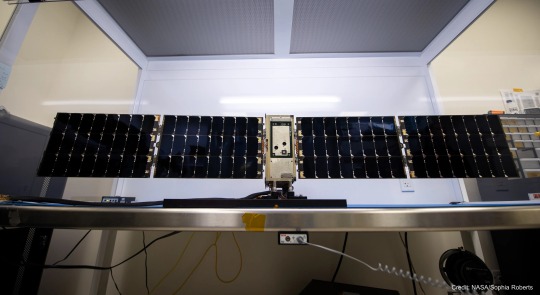
Tiny BurstCube's Tremendous Travelogue
Meet BurstCube! This shoebox-sized satellite is designed to study the most powerful explosions in the cosmos, called gamma-ray bursts. It detects gamma rays, the highest-energy form of light.
BurstCube may be small, but it had a huge journey to get to space.
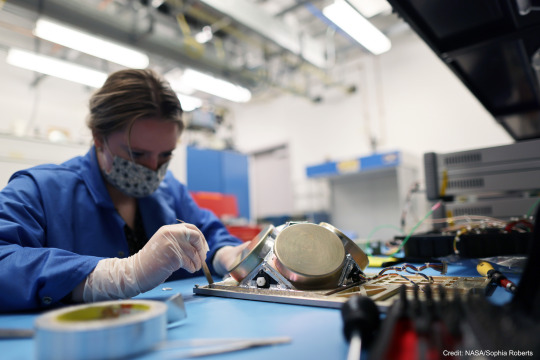
First, BurstCube was designed and built at NASA’s Goddard Space Flight Center in Greenbelt, Maryland. Here you can see Julie Cox, an early career engineer, working on BurstCube’s gamma-ray detecting instrument in the Small Satellite Lab at Goddard.
BurstCube is a type of spacecraft called a CubeSat. These tiny missions give early career engineers and scientists the chance to learn about mission development — as well as do cool science!
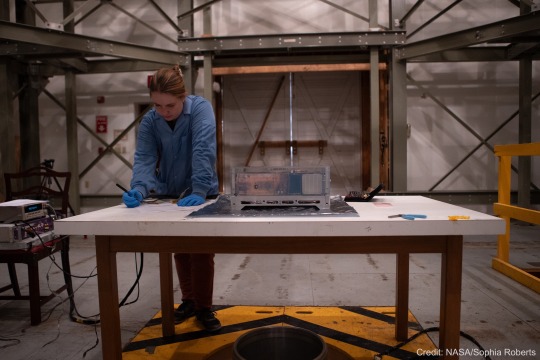
Then, after assembling the spacecraft, the BurstCube team took it on the road to conduct a bunch of tests to determine how it will operate in space. Here you can see another early career engineer, Kate Gasaway, working on BurstCube at NASA’s Wallops Flight Facility in Virginia.
She and other members of the team used a special facility there to map BurstCube’s magnetic field. This will help them know where the instrument is pointing when it’s in space.
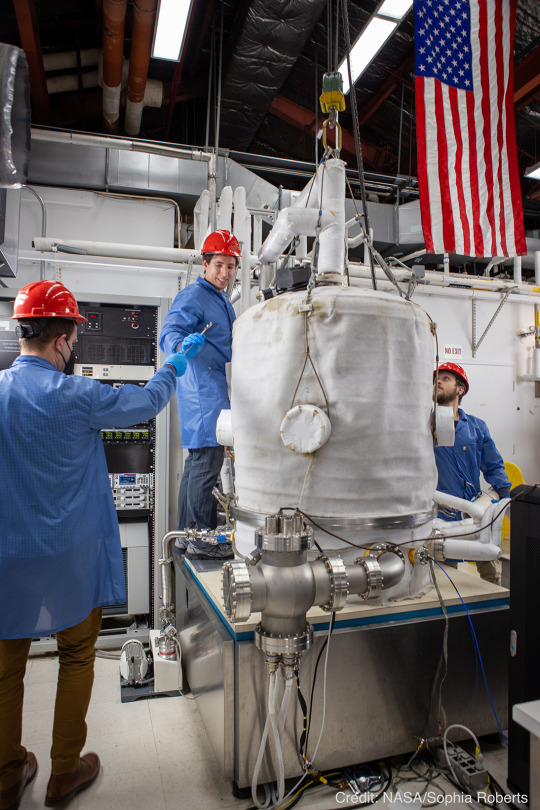
The next stop was back at Goddard, where the team put BurstCube in a vacuum chamber. You can see engineers Franklin Robinson, Elliot Schwartz, and Colton Cohill lowering the lid here. They changed the temperature inside so it was very hot and then very cold. This mimics the conditions BurstCube will experience in space as it orbits in and out of sunlight.
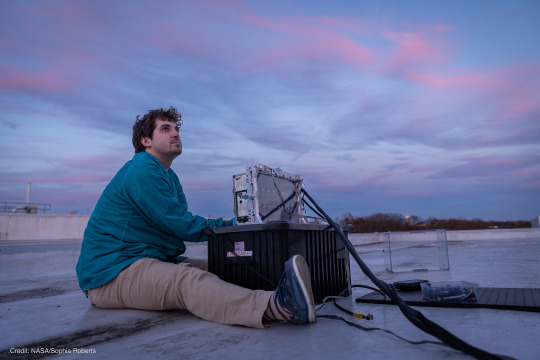
Then, up on a Goddard rooftop, the team — including early career engineer Justin Clavette — tested BurstCube’s GPS. This so-called open-sky test helps ensure the team can locate the satellite once it’s in orbit.
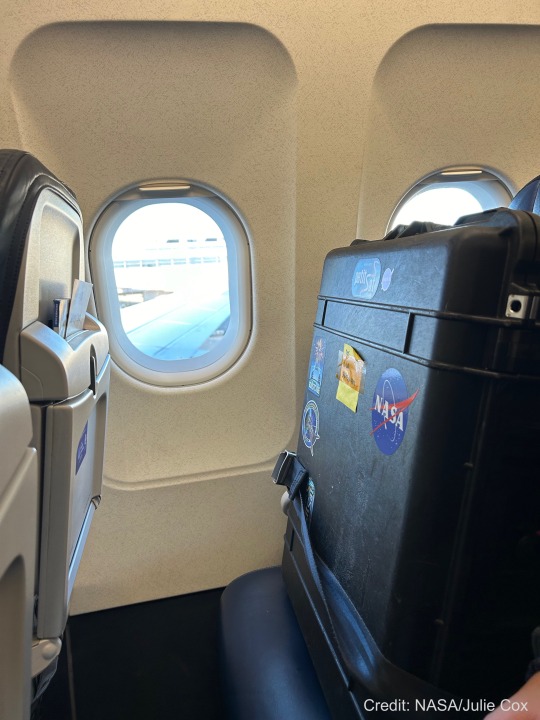
The next big step in BurstCube’s journey was a flight to Houston! The team packed it up in a special case and took it to the airport. Of course, BurstCube got the window seat!

Once in Texas, the BurstCube team joined their partners at Nanoracks (part of Voyager Space) to get their tiny spacecraft ready for launch. They loaded the satellite into a rectangular frame called a deployer, along with another small satellite called SNoOPI (Signals of Opportunity P-band Investigation). The deployer is used to push spacecraft into orbit from the International Space Station.
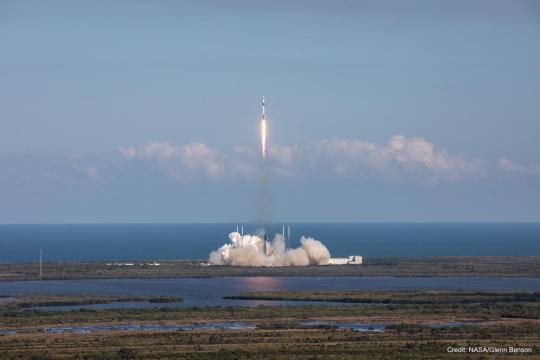
From Houston, BurstCube traveled to Cape Canaveral Space Force Station in Florida, where it launched on SpaceX’s 30th commercial resupply servicing mission on March 21, 2024. BurstCube traveled to the station along with some other small satellites, science experiments, as well as a supply of fresh fruit and coffee for the astronauts.
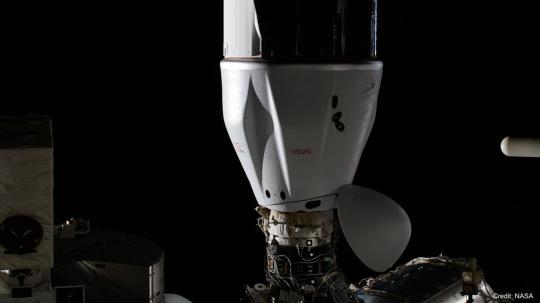
A few days later, the mission docked at the space station, and the astronauts aboard began unloading all the supplies, including BurstCube!
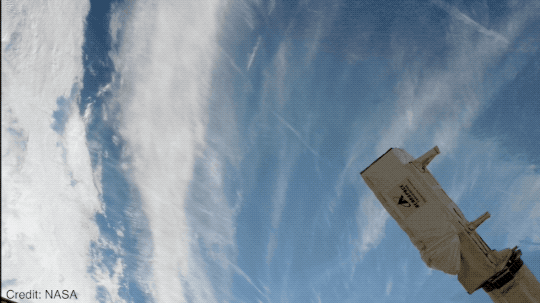
And finally, on April 18, 2024, BurstCube was released into orbit. The team will spend a month getting the satellite ready to search the skies for gamma-ray bursts. Then finally, after a long journey, this tiny satellite can embark on its big mission!
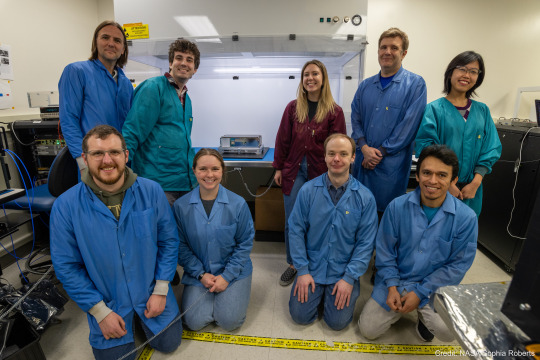
BurstCube wouldn’t be the spacecraft it is today without the input of many early career engineers and scientists. Are you interested in learning more about how you can participate in a mission like this one? There are opportunities for students in middle and high school as well as college!
Keep up on BurstCube’s journey with NASA Universe on X and Facebook. And make sure to follow us on Tumblr for your regular dose of space!
#tech#technology#dream job#jobseekers#NASA#space#spaceblr#universe#astronomy#science#gamma ray bursts#cubesat#smallsat#launch
325 notes
·
View notes
Text

Would any of this be your choice
Comment and follow back to get collared 🍆💦
#feminine sissy#faggot sissy#submisive sissy#submisive faggot#writing#web series#tv shows#beta sissy#fandom ships#nasa#caged foot slave#sissy crossdresser#dominated love slave#humilated slave#dominated slave#sissi slave#bd/sm slave
165 notes
·
View notes
Text
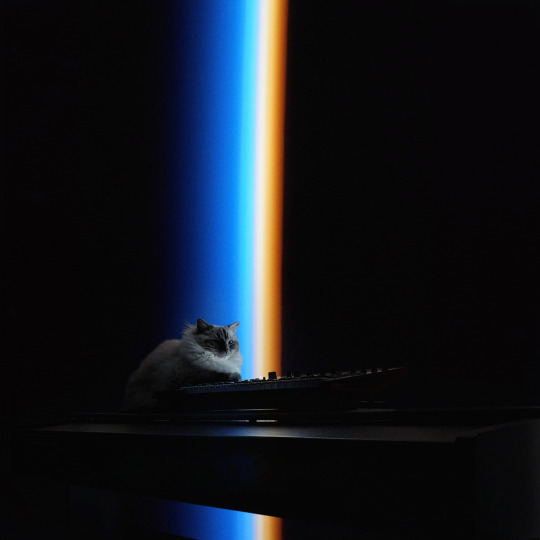
#cats on synthesizers in space#catsonsynthesizersinspace#cosis#cat#cats#synth#synths#synthesizer#synthesizers#space#cosmos#astronomy#scifi#nasa#spacex#caturday#cute#epic#funny#lolz#catsofinstagram#cats of tumblr#Timmy
173 notes
·
View notes
Text
138 notes
·
View notes
Text



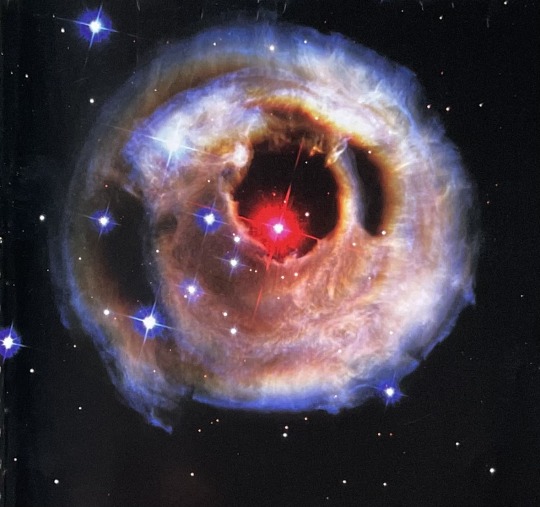

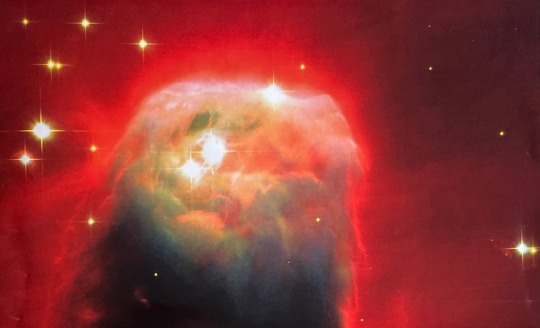




National Geographic: ‘Eye on Infinity’ (2003) photo courtesy: NASA
#national geographic#nat geo#my scans#space#stars#celestial#nasa#spacecore#cosmos#aesthetic#y2k aesthetic#y2k#2000s#2003#science#sciencecore#photography#nasa photos#universe#nebula#scans#art#galaxy#starcore#dreamcore
77 notes
·
View notes
Text

Surface of our sun! Absolutely stunning
#astronomy#nasa#astronomers#universe#astrophotography#nasa photos#astrophysics#outer space#nasawebb#hubble space telescope#our sunshine#sun photography#i love astronomy#astronomy facts#astrography#astronaut#astro community#space exploration#space#science#james webb space telescope#telescope#the universe#cosmos#planetary science#planetary nebula#galaxies#galaxy#science facts#space science
89 notes
·
View notes
Text
The country of freedom and ridiculous democracy.
The moment of the violent arrest of the economics professor of Emory University Caroline Fohlinin in the state of Georgia
After these scenes, there must be a position for all universities around the world to stand with the people of Palestine in Gaza. All hypocritical authorities and rulers who support the Nazi terrorist Israelis must be confronted.

#palestine#gaza#war criminals#united nations#free gaza#unicef#amnesty international#free palestine#usa people#state of the union#united states#university#colombia university#massachusetts#harvard university#nyu#new york university#george washington university#us health system#unrwa funding#unrwa#photography#nasa#cottagecore#democrats#ceasefire now#stop genocide#stop the massacre#stop the genocide#human rights
92 notes
·
View notes
Text
https://sarah-981.tengp.icu/k/xBGMAko
#nasa#the get down#pacific rim#emma swan#nana anime#beşiktaş#the office#lapidot#the shape of water#queer#tumblr boys
124 notes
·
View notes
Photo

N11: Star Clouds of the LMC
Credits: NASA, ESA, Josh Lake
64 notes
·
View notes
Text
#dailybollywoodqueens#pidge#nasa#alejandra guilmant#ulzzang#punk fashion#minions#beşiktaş#dollhouse#brockhampton#langst#wicked#body goals
131 notes
·
View notes
Text
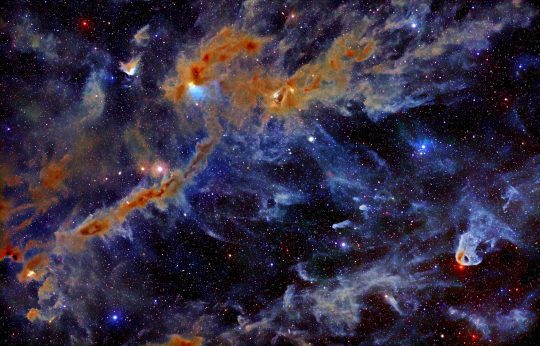
Taurus Molecular Cloud
443 notes
·
View notes
Text

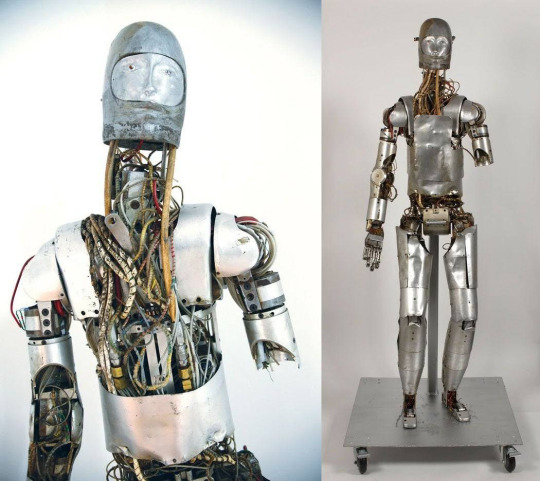
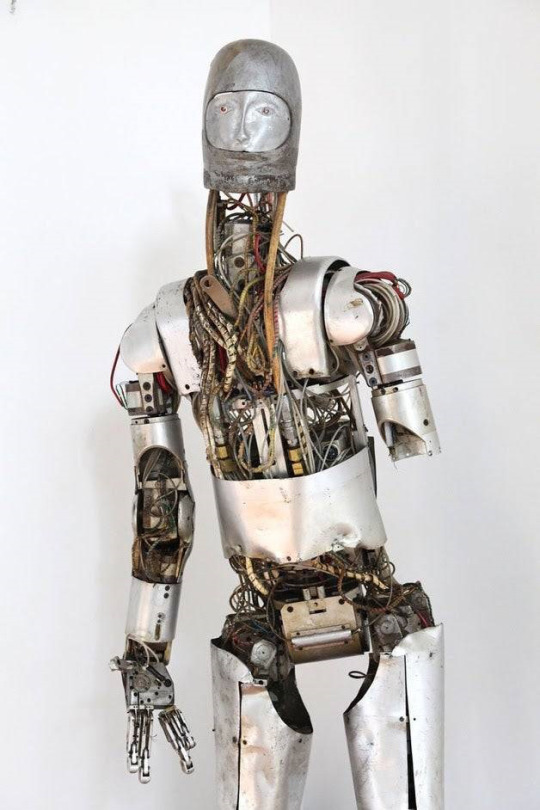
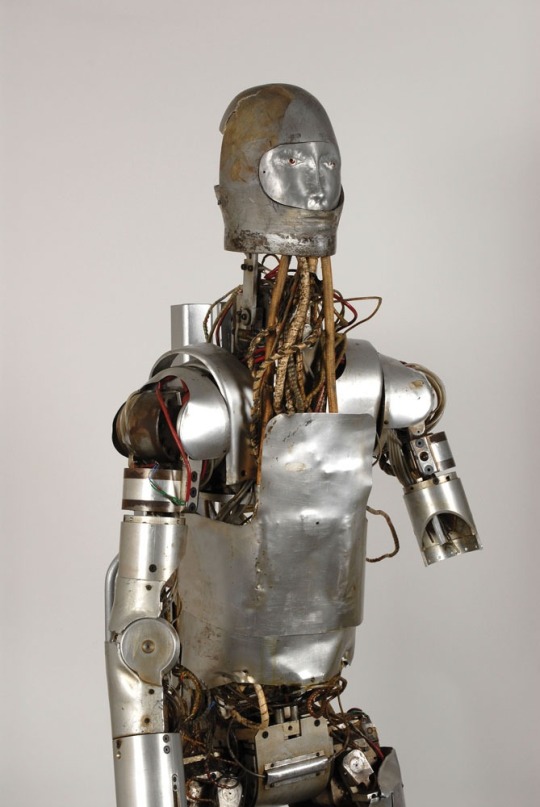
Power Driven Articulated Dummy - a hydraulically powered 230-pound robot that NASA engineers designed to test space suits - 1965
45 notes
·
View notes
Text
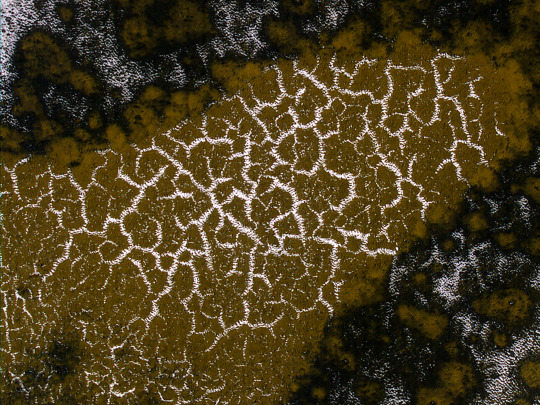
HiPOD: Defrosting Dunes
This image shows a field a sand dunes in the Martian springtime while the seasonal carbon dioxide frost is sublimating into the air. This sublimation process is not at all uniform, instead creating a pattern of dark spots.
In addition, the inter-dune areas are also striking, with bright frost persisting in the troughs of polygons. Our enhanced-color cutout is centered on a brownish-colored inter-dune area. (Enhanced color cutout is less than 1 km across.)
ID: ESP_082672_1180
date: 16 March 2024
altitude: 252 km
NASA/JPL-Caltech/UArizona
39 notes
·
View notes
Text
Voyager 1 Approaches Jupiter (1979)

This gif records the Voyager 1 spacecraft's Jupiter approach from January to February, 1979.
Notice the difference in speed and direction of the various atmospheric zones and bands. Their interaction creates vast storms in the dynamic Jovian atmosphere.
NASA created this time-lapse sequence from 66 images, each taken once per Jupiter rotation (about 10-hour days) - every time Jupiter longitude 68W passed under the spacecraft. The planet grows larger as Voyager approaches from 58 million kilometers to 31 million kilometers away.
Good news: Our intrepid little explorer - now interstellar! - has resumed sending and receiving messages!
24 notes
·
View notes